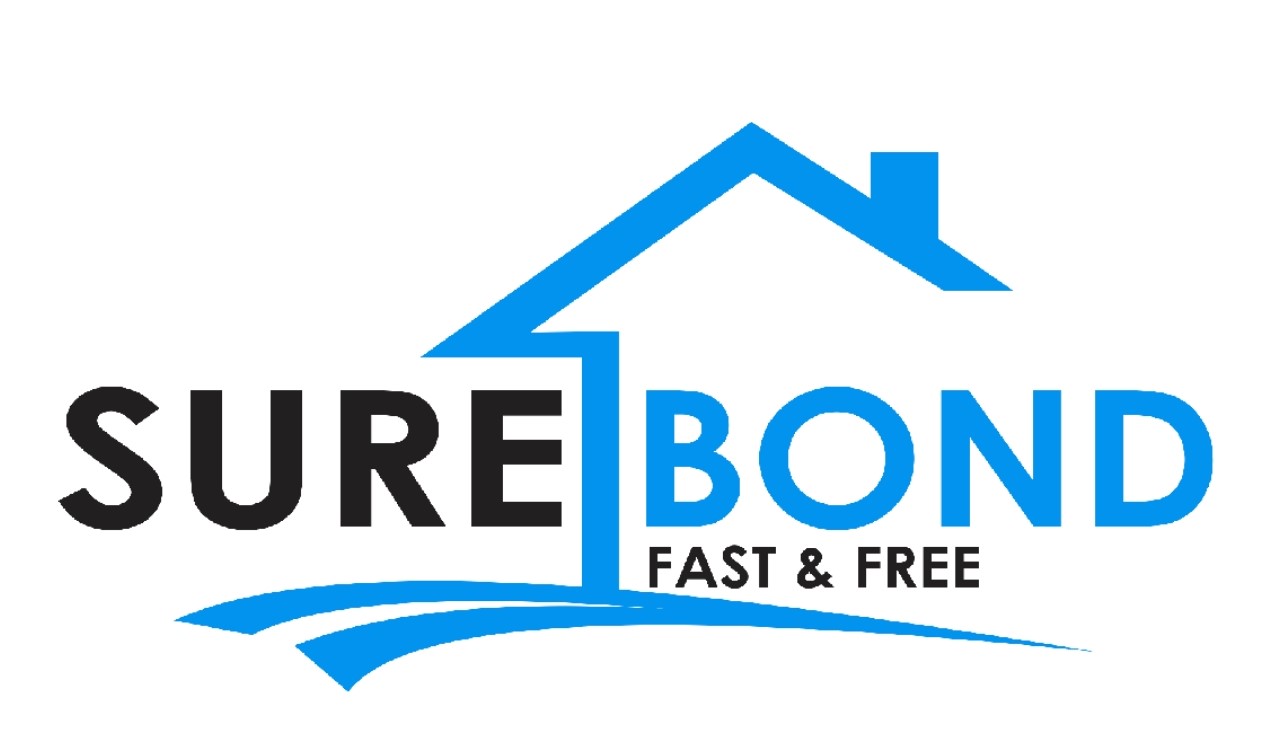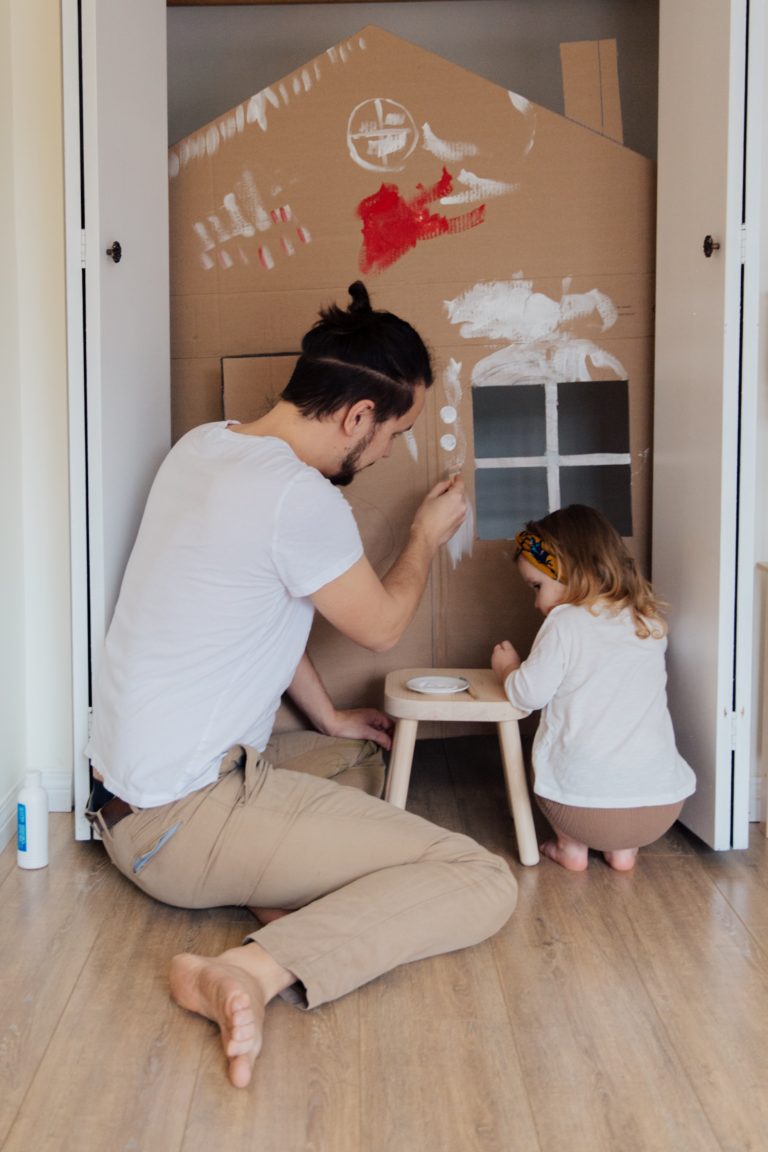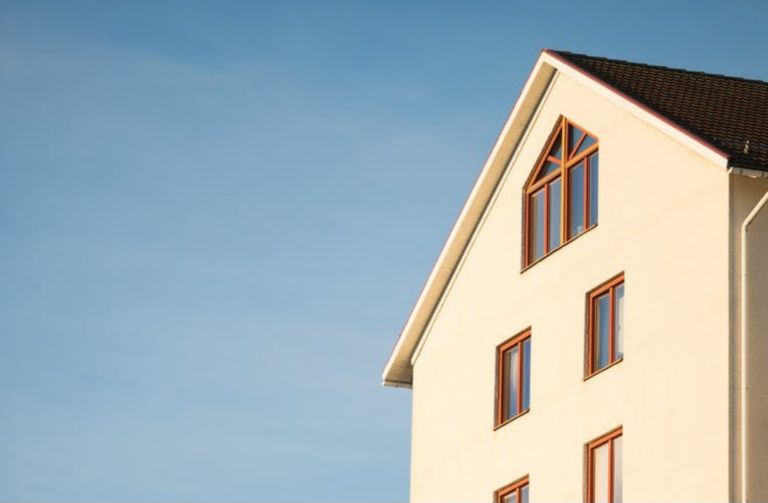The current and historical prime interest rate in South Africa

The prime interest rate is currently at its lowest level for five decades, making this a good time for homeowners and home buyers.
Article summary
- The prime interest rate is determined by the repo rate (repurchase rate) which is set by the SARB (South African Reserve Bank).
- A succession of cuts over the past two years have reduced the prime interest rate to 7.0%, the lowest rate in five decades.
- As a result, homeowners will pay less per month on their variable-rate bond repayments, and home buyers can obtain home loans with lower interest rates.
The prime interest rate, determined by the repo rate (repurchase rate) which in turn is set by the SARB (South African Reserve Bank), plays a significant role in home loan application. The interest rates at which banks are willing to lend is influenced by the current prime interest rate. Thankfully, the prime interest rate is currently at its lowest level for five decades, making this a good time for homeowners and home buyers.
Cuts to the prime interest rate
From a prime interest rate of 10.25% in November 2018, a succession of cuts since then has reduced the rate to 7.0% as of July 2020. Significant cuts took place in April and July, which were intended to stimulate the property market during the disruption caused by the COVID-19 pandemic.
Coetzee notes that this rule applies regardless of whether the agreement is subject to conditions, such as the seller accepting the purchase offer only when the buyer obtains a bond – in this case, for instance, transfer duty applies from the date of the offer, not the date on which financing is approved.
How the prime interest rate affects your loans
In addition to the prime interest rate, your risk worthiness will determine the amount added or subtracted by the bank to their prime interest rate when calculating your home loan interest rates. So your interest rate will be classified as prime plus or minus %, with the plus being whatever the bank decides to add on, and minus being whatever they decide to reduce the rate by. For example, if the prime interest rate is 7% and the bank grants you a 9% interest rate, your rate is prime + 2%. If the prime interest rate drops to 6%, your rate will still be prime + 2%, meaning your rate now drops to 8%.
Fewer home loans are being offered by banks at below the prime lending rate, but it is not impossible to be offered an interest rate below prime. You’d need a high credit score and a solid deposit to earn a rate below prime.
A good time to borrow…
Those homeowners with a variable interest rate on their home loans will be paying less per month on their bond repayments as a result of the low prime interest rate, while home buyers will be able to obtain home loans with lower interest rates, saving money in the long-term.
If you are just thinking about buying a home, or are ready to put in an offer, evo gets you the best deal on your home loan – for free. To make the home-buying process that much easier, evo also offers a range of home loan calculators to help make the home-buying process easier. Get prequalified for a home loan with evo, then, when you’re ready, you can apply for a home loan with evo.





